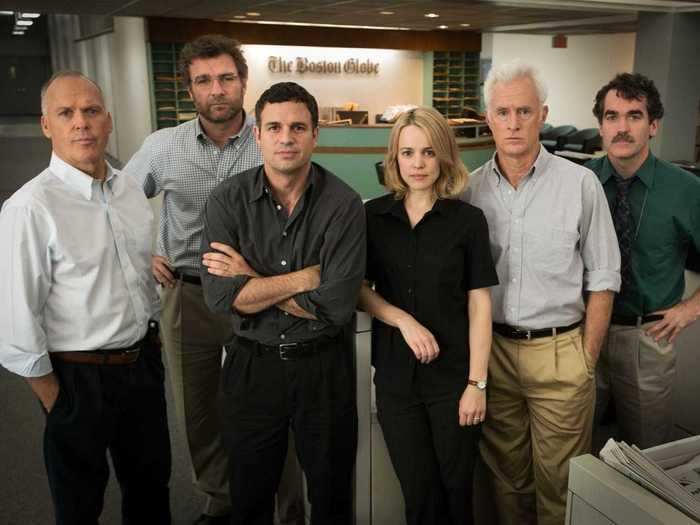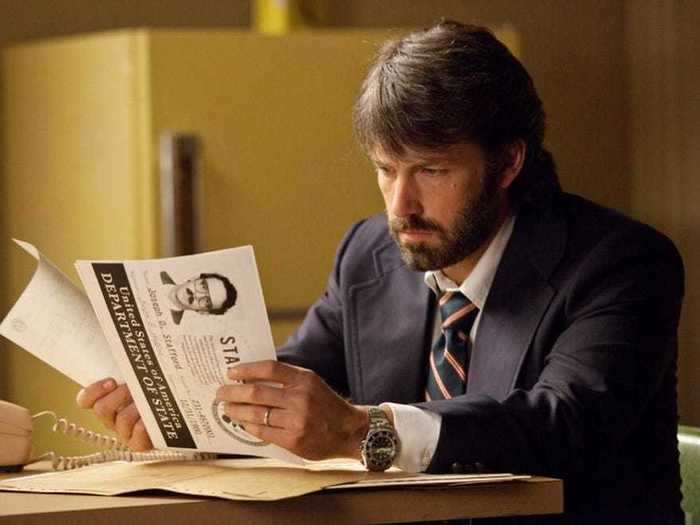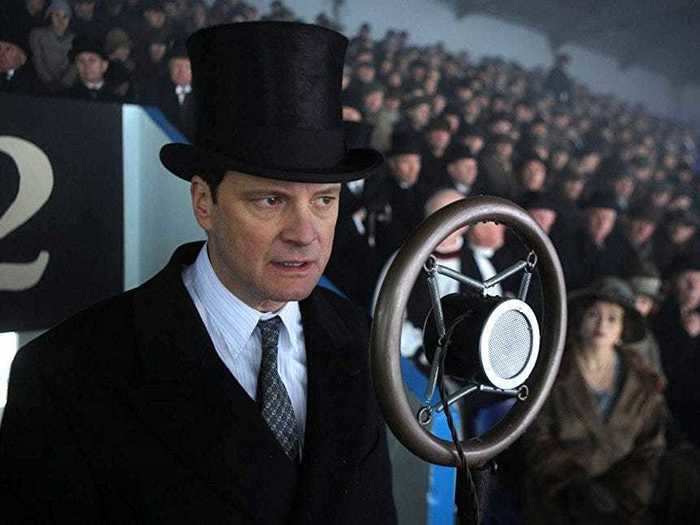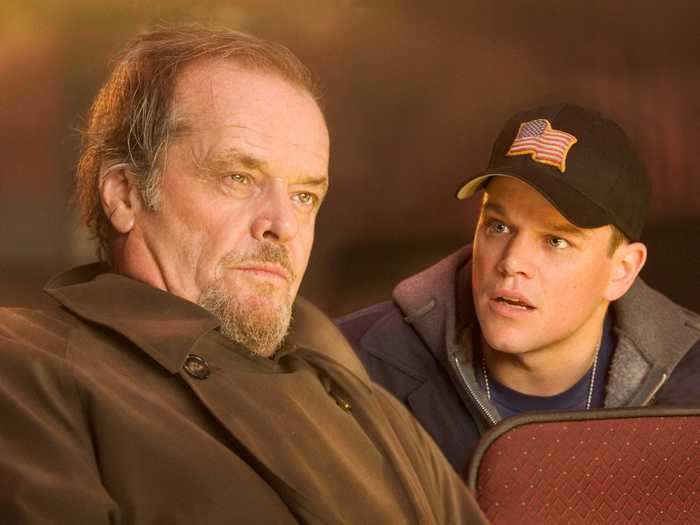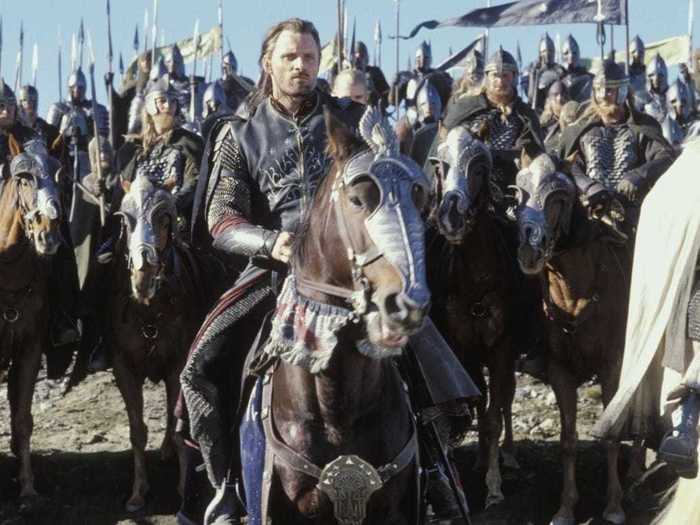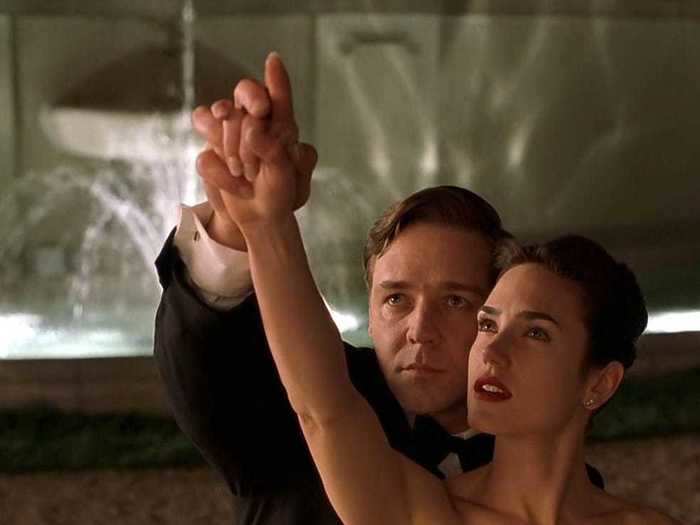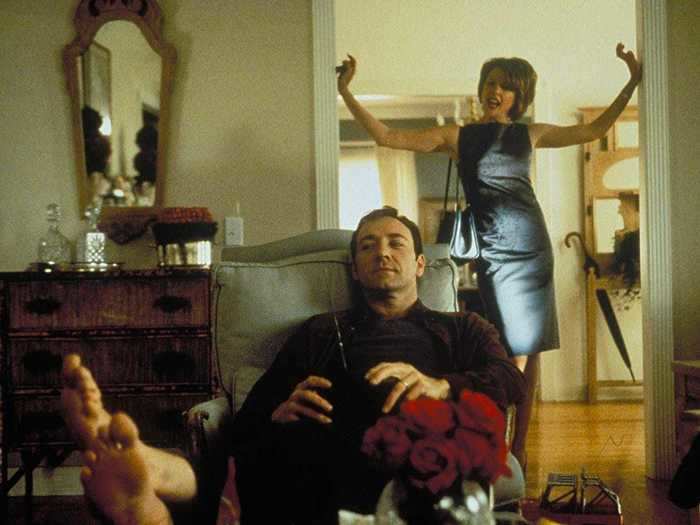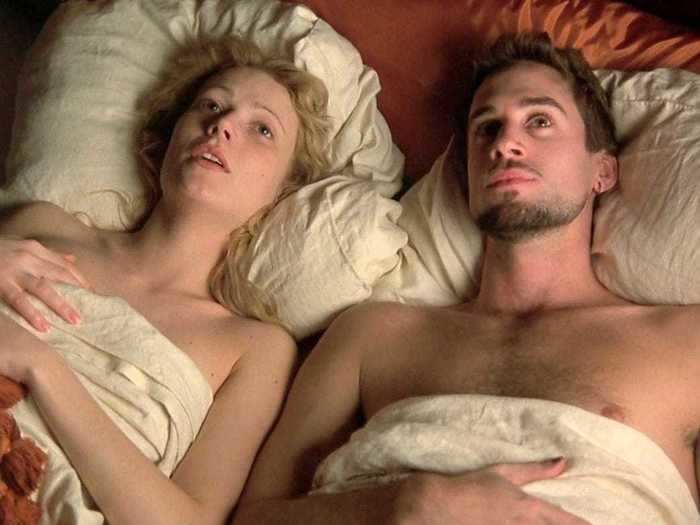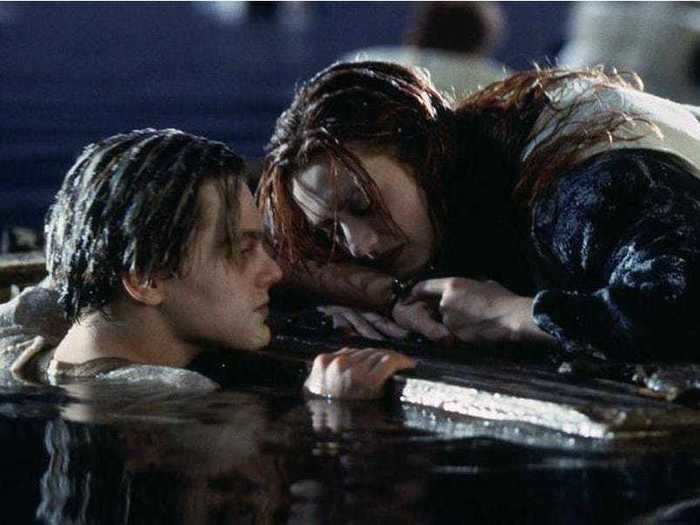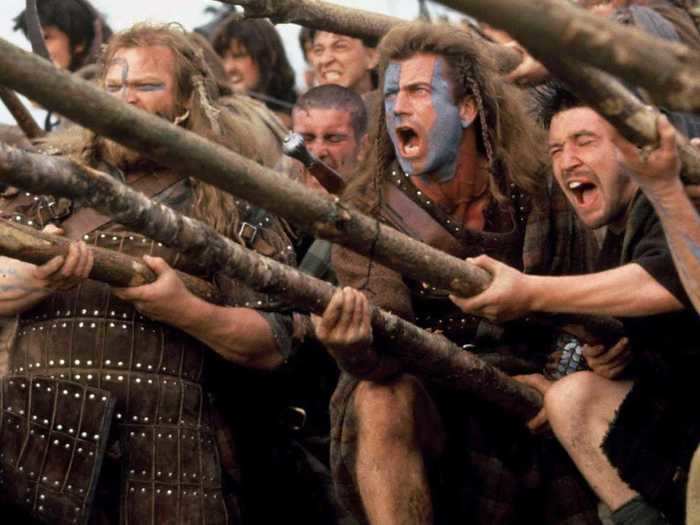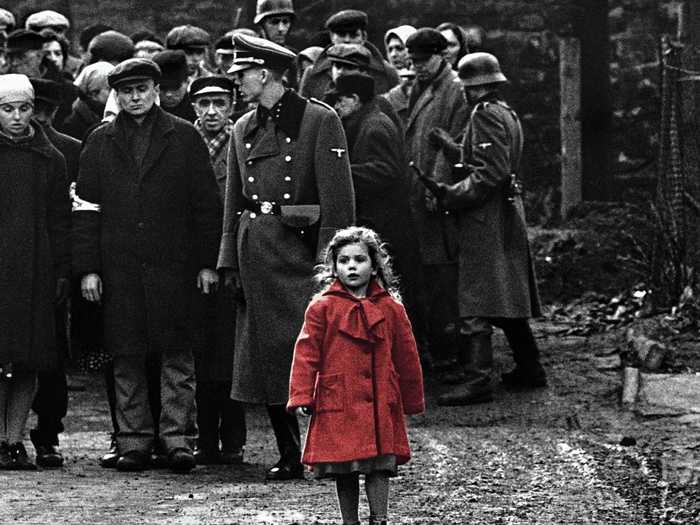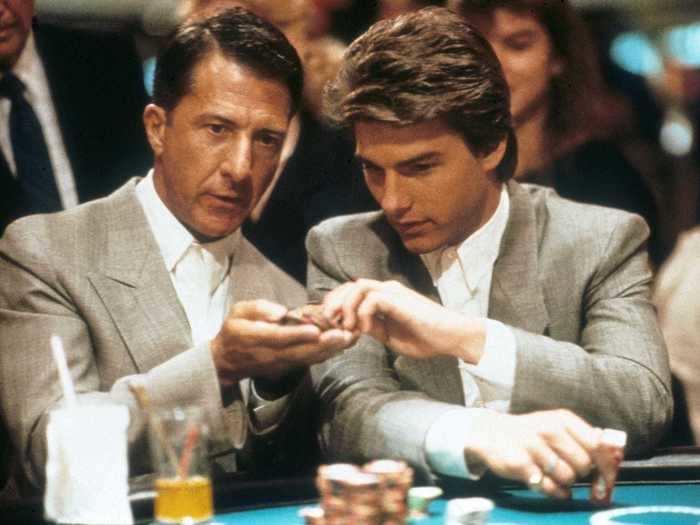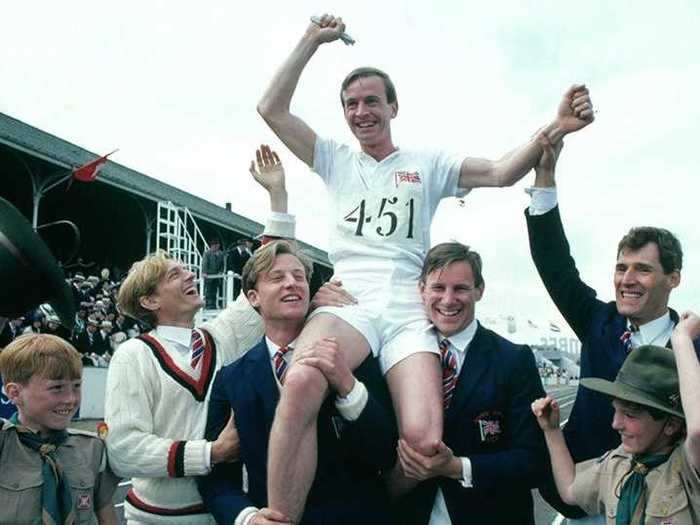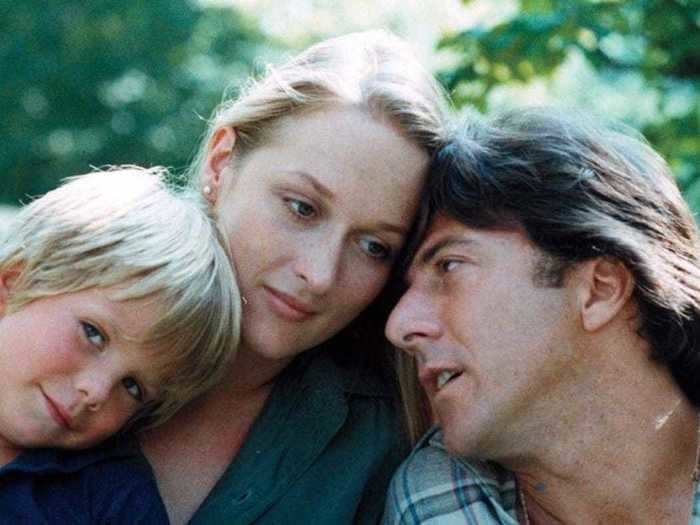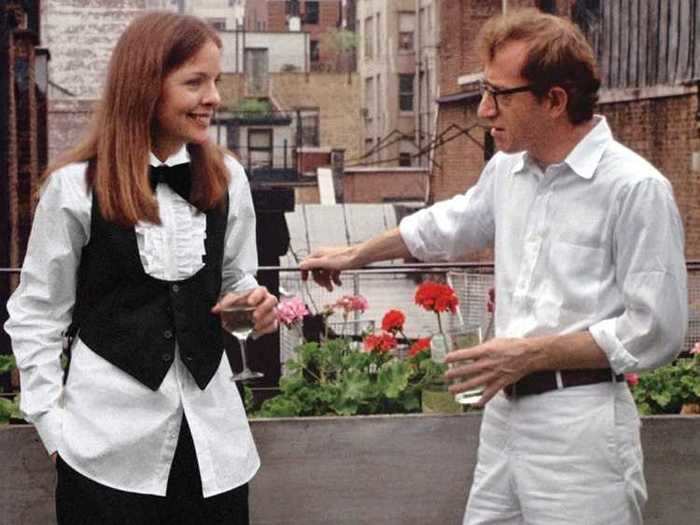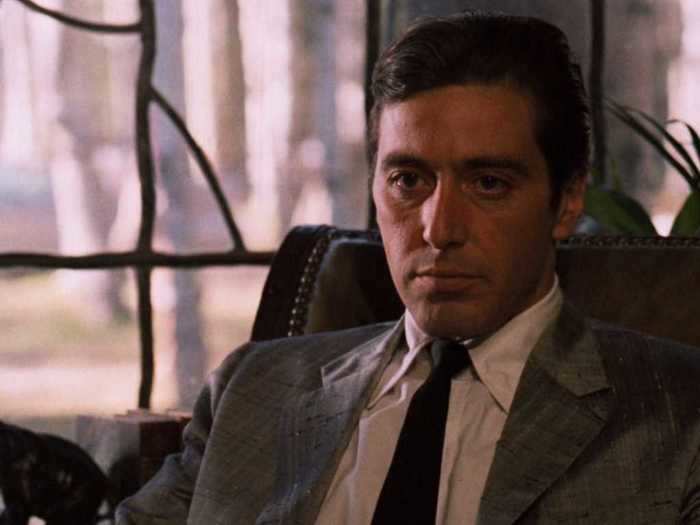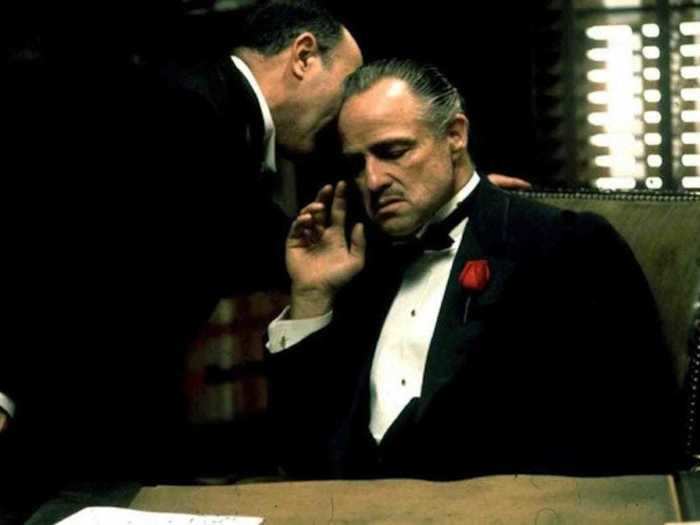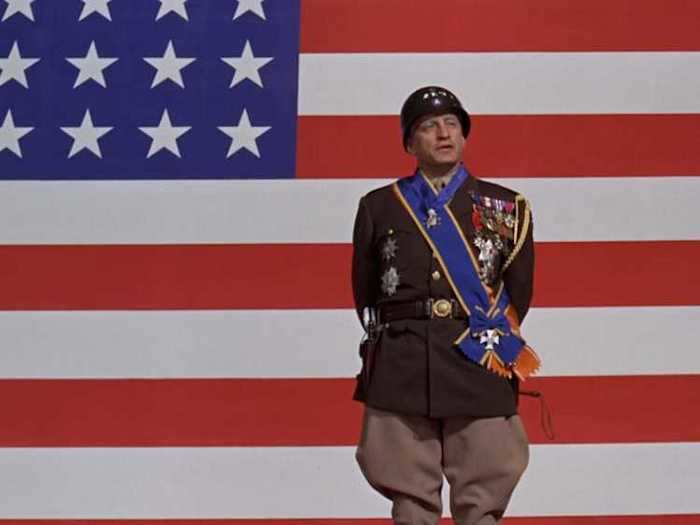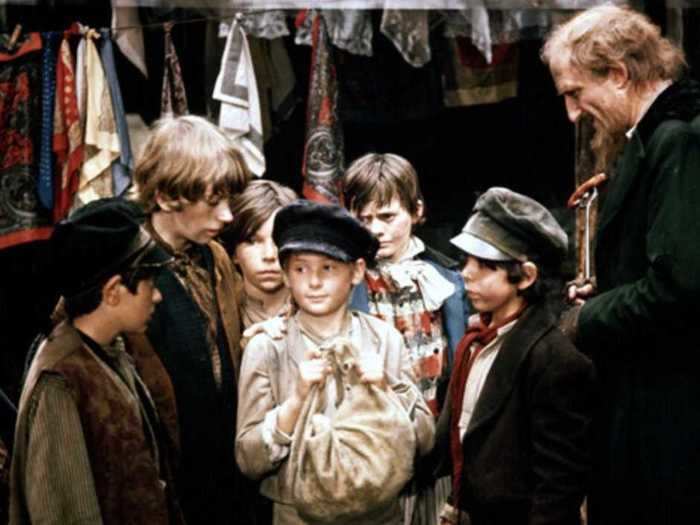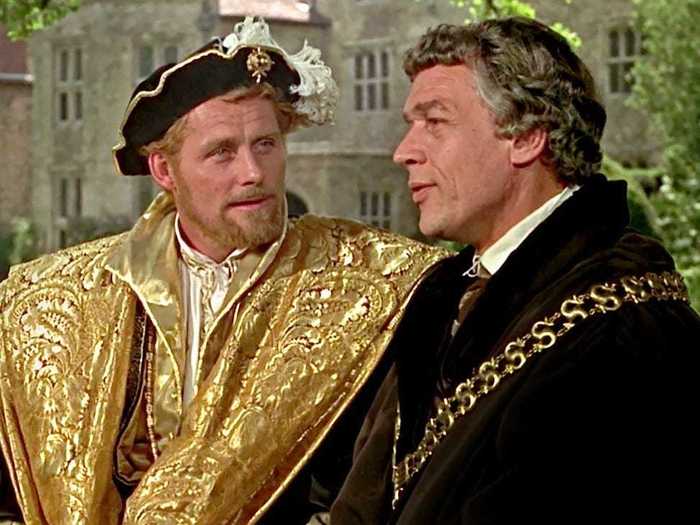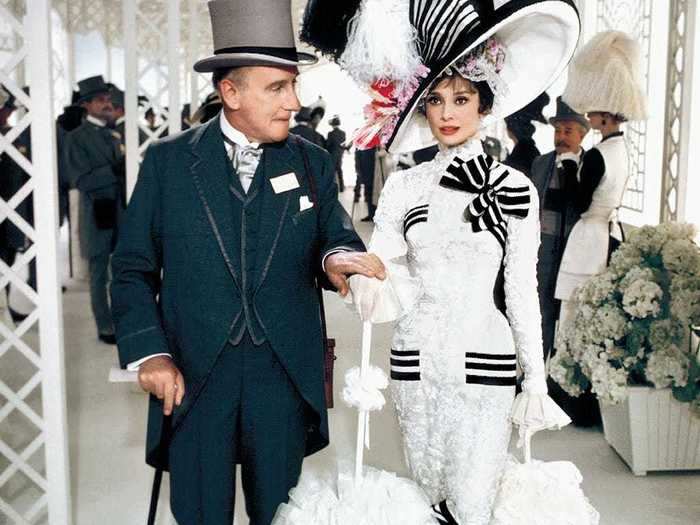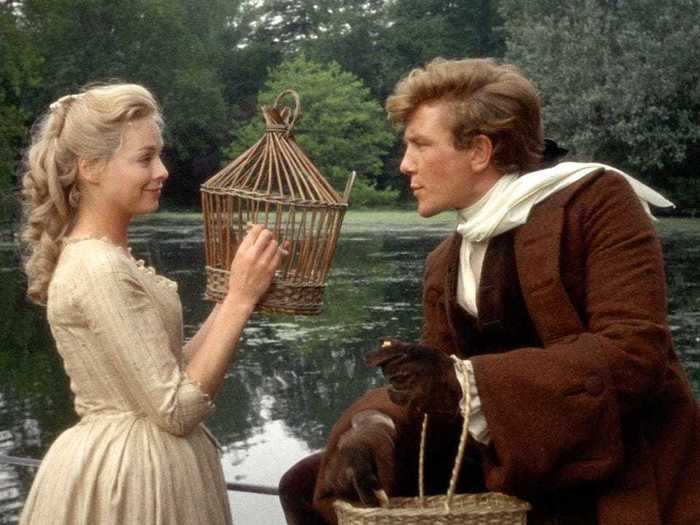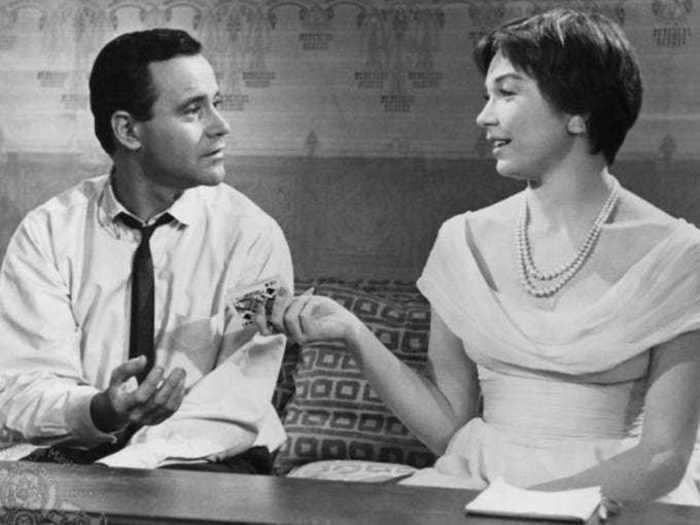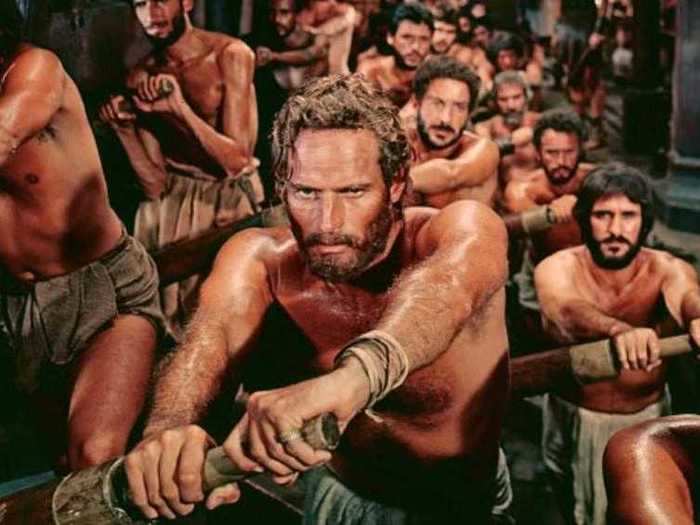An Oscar statue is pictured at the press preview for the 91st Academy Awards Governors Ball.(Photo by Chris Pizzello/Invision/AP)
- Insider looked back on the last 60 years of best picture Oscar winners to see which would meet the new on-screen representation requrements by the Academy.
- 25 movies didn't make the cut. We have them listed here.
- Beginning at the 96th Oscars in 2024, movies eligible for the best picture Oscar must meet two of the four inclusion standards that have been presented.
On Tuesday, the Academy of Motion Picture Arts and Sciences announced a set of inclusion standards in which two of the four must be met for a film to be eligible for the best picture Oscar beginning at the 96th Oscars in 2024.
In creating four categories to hold movies accountable, the hope is to bring more diversity and representation both on and off the screen in a time when the Oscars has become synonymous with the viral campaign #OscarsSoWhite.
The categories are made up of standards in the areas of on-screen, crew, apprenticeship, and how a movie is marketed. While all those standards are important and necessary, the most visible impact will be seeing more diversity on-screen.
For a movie to satisfy the on-screen standard, it must meet one of these three criteria:
- At least one of the lead actors or significant supporting actors is from an underrepresented racial or ethnic group.
- 30% or more of the actors in minor roles are from two of the four underrepresented groups — women, racial or ethnic group, LGBTQ+, people with cognitive or physical disabilities.
- The movie centers on women, LGBTQ+, racial/ethnic, or people with disabilities.
Insider looked back on the best picture winners from 1960-2020 to see how they would fare with only the on-screen standard. In 60 years, 25 of the winners did not meet the standard.
Note: The years listed below are when the Oscars took place, not when the movies were released.
"Spotlight" (2016)
Tom McCarthy's "Spotlight."
Open Road Films
This gripping look at the investigative reporting division at the Boston Globe that uncovered a child molestation scandal and cover-up by the Catholic Church featured a predominantly white cast.
"Argo" (2013)
Ben Affleck in "Argo."
Warner Brothers
This best picture winner was based on a true story in which six US diplomats are rescued during the Iran hostage crisis under the guise of filming a sci-fi movie.
It did not have enough female actors in the cast to hit the 30% mark.
"The King's Speech" (2011)
Colin Firth in "The King's Speech."
Momentum Pictures
The historical drama about King George IV (Colin Firth) getting over his stammer showcases the talents of Firth and Geoffrey Rush as the speech therapist. There's also a great performance by Helena Bonham Carter as Queen Elizabeth.
But there aren't many female roles and even fewer roles for people of color.
"The Departed" (2007)
(L-R) Jack Nicholson and Matt Damon in "The Departed."
Warner Bros.
This best picture winner — that also finally earned Martin Scorsese a best director Oscar — is predominantly male with little diversity.
"The Lord of the Rings: The Return of the King" (2004)
Peter Jackson's "The Lord of the Rings: The Return of the King."
New Line Cinema
The conclusion of the trilogy of the legendary J.R.R. Tolkien novel was certainly thrilling, but there was zero diversity among the cast.
"A Beautiful Mind" (2002)
Russell Crowe and Jennifer Connelly in "A Beautiful Mind."
Universal Pictures
Ron Howard's look at the life and work of mathematician John Nash, who suffered from bouts of schizophrenia, is a moving story but there is nowhere close to enough female or people of color representation to satisfy the new standard.
"American Beauty" (2000)
Kevin Spacey and Annette Bening in "American Beauty."
DreamWorks
Sam Mendes' look at a dysfunctional family has many great female performances but the cast is not diverse at all.
"Shakespeare in Love" (1998)
Gwyneth Paltrow and Joseph Fiennes in "Shakespeare in Love."
Miramax
Clearly a movie like this would have to lean into the other standards given out by the Academy since there is no on-screen diversity.
"Titanic" (1998)
Leonardo DiCaprio and Kate Winslet in "Titanic."
Paramount Pictures
No diversity to be found in one of the biggest hit movies of all time.
"Braveheart" (1996)
Mel Gibson's "Braveheart."
"Braveheart"/Paramount Pictures
No people of color in Mel Gibson's look at William Wallace's fight for independence against the King of England set in the late 1200s in Scotland.
"Schindler's List" (1994)
Steven Spielberg's "Schindler's List."
Universal Pictures
Spielberg's classic looks at the horrors of the Holocaust committed during World War II by the Nazi party. Its cast was heavily male and not diverse.
"Rain Man" (1989)
(L-R) Dustin Hoffman and Tom Cruise in "Rain Man."
United Artists
This road trip drama about a guy (Tom Cruise) who realizes he has a brother (Dustin Hoffman) who is an autistic savant did not have a diverse cast.
"Amadeus" (1985)
Tom Hulce in "Amadeus."
Orion Pictures
Set in Vienna in the late 18th Century, we follow a fictional retelling of the rise of Wolfgang Amadeus Mozart. The diversity in the cast is nonexistent.
"Chariots of Fire" (1982)
Hugh Hudson's "Chariots of Fire."
20th Century Fox
Set around the lead up to the 1924 Olympics, we follow two British track athletes, one who is Jewish and the other who is Christian. Along with the lack of diversity, there are only a few female characters.
"Kramer vs. Kramer" (1980)
Robert Benton's "Kramer vs. Kramer."
Columbia Pictures
There is a lack of diversity in this movie that follows a couple (Dustin Hoffman and Meryl Streep) who go through a divorce.
"Annie Hall" (1978)
Diane Keaton and Woody Allen in "Annie Hall."
United Artists
Woody Allen plays a guy who falls for the free spirit Annie Hall, played by Diane Keaton. Though most of it is set in New York City, there is almost no diversity in the cast. This is a criticism that would follow Allen's work throughout his career.
"The Godfather: Part II" (1975)
Al Pacino in "The Godfather: Part II."
Paramount Pictures
It's one of the greatest sequels of all time, but there are few roles for women and even fewer for people of color in the cast.
"The Godfather" (1973)
Marlon Brando in "The Godfather."
Paramount Pictures
It's one of the greatest movies ever made, but there are few female roles and even less diversity in the cast than what's in the sequel.
"Patton" (1971)
George C. Scott in "Patton."
20th Century Fox
Though many people of color fought in General George S. Patton's army in Word War II, it's not shown in this movie except for one Black orderly.
"Oliver!" (1969)
Carol Reed's "Oliver!"
Romulus Films
This beloved British musical lacked in diverse casting.
"A Man for All Seasons" (1967)
Fred Zinnemann's "A Man for All Seasons."
Columbia Pictures
The movie is set in 16th Century England and had no people of color in its cast.
"My Fair Lady" (1965)
George Cukor's "My Fair Lady."
Warner Bros. Pictures
This Audrey Hepburn classic based on the play "Pygmalion" by George Bernard Shaw doesn't have a diverse cast.
"Tom Jones" (1964)
Tony Richardson's "Tom Jones."
United Artists
Albert Finney plays an 18th Century English playboy. There are lots of roles for women, but there are none for people of color.
"The Apartment" (1961)
Jack Lemmon and Shirley MacLaine in "The Apartment."
Mirisch Corporation
Jack Lemmon plays a businessman who allows the executives of his company to use his apartment for their romantic rendezvous. There are a lot of old white guys in suits in this one, but no people of color.
"Ben-Hur" (1960)
Charlton Heston in "Ben-Hur."
MGM
Charlton Heston plays a Jew who is sent into slavery and seeks out his revenge. Like many of the period epics made during this time, there was no diversity in the casting.

